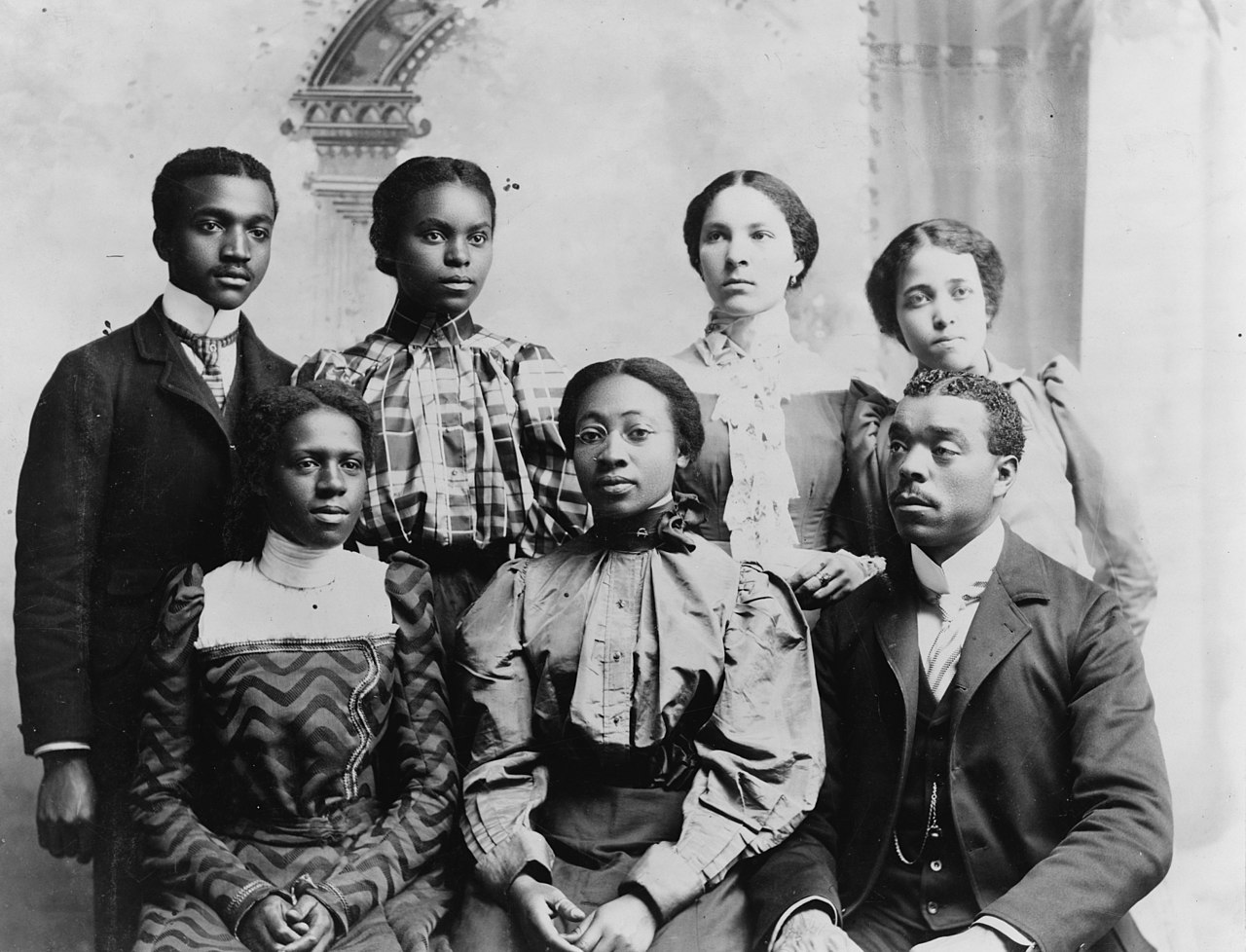Founded as the Nashville Normal and Theological Institute and by the American Baptist Home Mission Society, a Christian missionary society from New York City, Roger Williams University (RWU) was named in honor of the abolitionists and founder of the Colony of Rhode Island. The historically Black institution in Nashville, Tennessee, began in 1866, a year after the Civil War ended, as Bible classes in the home of Daniel W. Phillips, a white Baptist minister from Boston, Massachusetts. It later moved to the Union Army barracks in the vicinity.
In 1867, the institution adopted the name Roger Williams University and moved into a two-story frame building at Park Street and Polk Avenue. By 1870, RWU was awarding Bachelor of Arts and Bachelor of Science degrees. Still led by Daniel Phillips in 1874, the founder raised $30,000 and bought thirty acres of farmland, creating a larger campus on Hillsboro Road. By 1884, RWU was offering Master of Arts degrees.
Between 1888 and 1889, realtors and developers made numerous offers to buy RWU’s land, which, by this point, was close to the rapidly expanding Vanderbilt University campus. One realtor offered $150,000 to the American Baptist Home Mission Society, but it was refused.
In 1905, a fire broke out in Centennial Hall, the nucleus of the campus that housed the chapel and the library. The nearby sleeping quarters for the students and faculty also caught fire. Students and faculty threw buckets of water on the flames until the local fire trucks arrived. Centennial Hall, however, burned to the ground by the next morning. RWU Students were temporarily assigned to homes in Nashville’s Black community. Shortly afterward, another fire burned more buildings, forcing many students to transfer to Atlanta Baptist College (now Morehouse College). Many faculty and students suspected arson, especially after RWU leaders sold some of its property to realtors, but the official cause of the fires was never determined.
The Tennessee Missionary and Education Association, established by the Negro Baptist Association of Tennessee, raised funds to purchase a new but smaller RWU campus in North Nashville. In 1909, John W. Johnson became the first Black president of the institution. Johnson had once been a sharecropper before graduating from RWU and acquiring a Master of Arts degree from Brown University in Providence, Rhode Island.
From 1918 to 1920, Inman Edward Page, the first Black student to receive a Bachelor of Arts degree from Brown University (1877), served as president of RWU. Despite his efforts, the college continued to decline. By 1922, it had 167 male and 63 female students and 12 faculty members. RWU finally closed in 1929 because of financial issues. The following year, in 1930, the American Baptist Home Mission Society donated $20,000 to construct a new 12-acre campus on White’s Creek Pike in Nashville. Soon afterward, RWU merged with Howe Junior College (now LeMoyne-Owen College) in Memphis, Tennessee.
Roger Williams University’s most famous graduate was Buck Colbert Franklin, a prominent attorney who was active in the restoration of Deep Greenwood in Tulsa, Oklahoma, after the 1921 Tulsa Massacre. He was also the father of historian John Hope Franklin. Today, Vanderbilt University’s Peabody College of Education and Human Development occupies the grounds of Roger Williams University.
Do you find this information helpful? A small donation would help us keep this available to all. Forego a bottle of soda and donate its cost to us for the information you just learned, and feel good about helping to make it available to everyone.
BlackPast.org is a 501(c)(3) non-profit and our EIN is 26-1625373. Your donation is fully tax-deductible.
Bill Carey, “The Roger Williams Legacy,” The Tennessee Magazine;
Bobby L. Lovett, “Roger Williams University,” The Tennessee Encyclopedia;
“Inman Page, Class of 1877,” News from Brown University.

